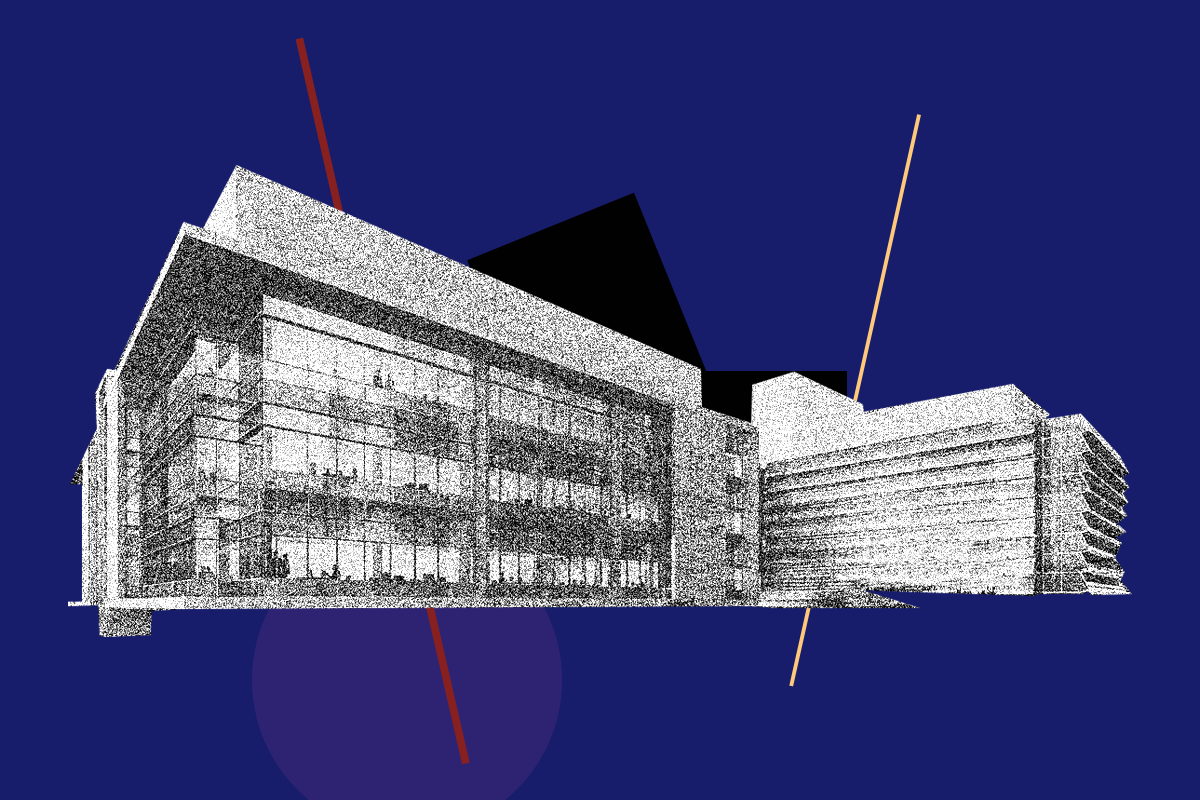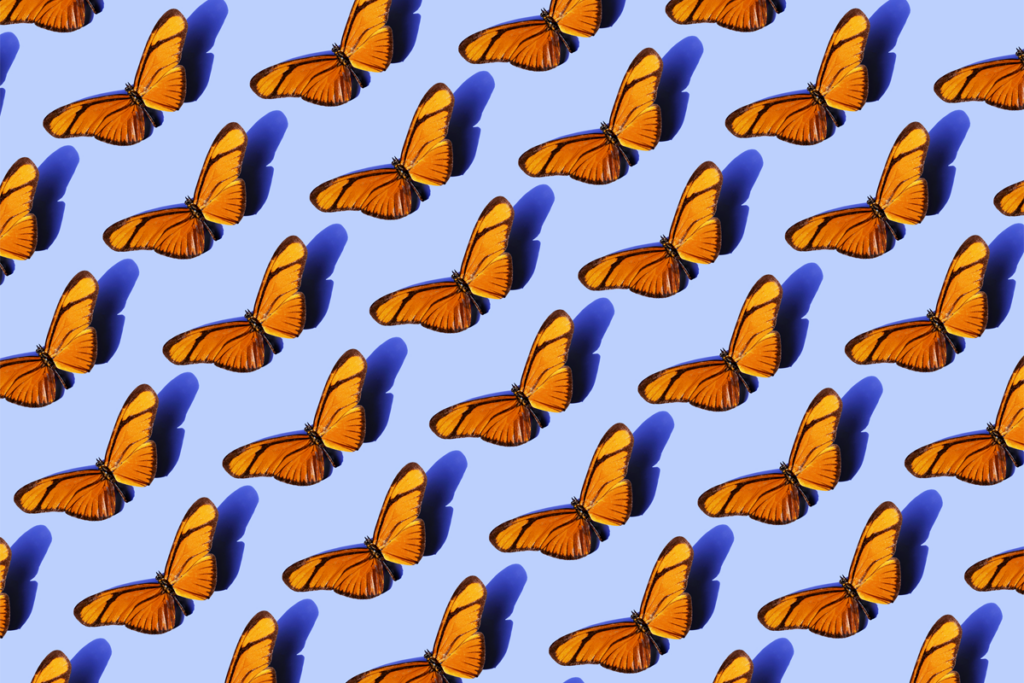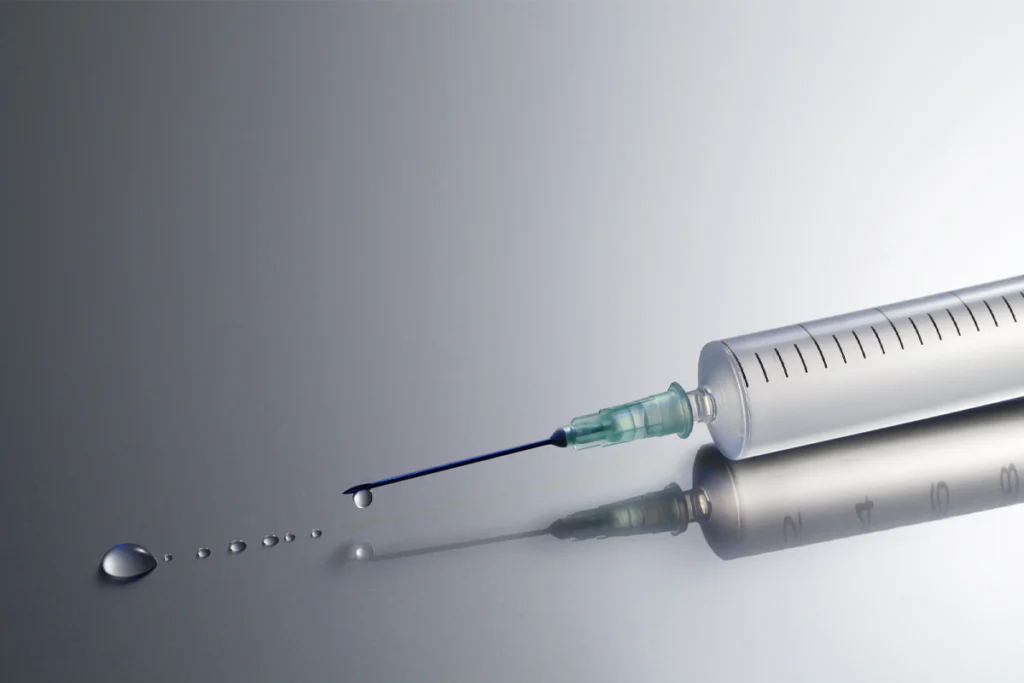U.S. health agency purge includes 10 lab heads at National Institute of Neurological Disorders and Stroke
The reasons for selecting these researchers—who have led work on neuronal migration, dopamine receptors in neuronal signaling and the structure of ion channels, among other areas—remain unclear.

Ten lab heads at the U.S. National Institute of Neurological Disorders and Stroke (NINDS) received layoff notices yesterday morning as part of a widespread purge across federal health agencies. The move follows an announcement last week from Robert F. Kennedy, Jr., secretary of the Department of Health and Human Services (HHS), who pledged to reorganize the department and eliminate 10,000 positions, including 1,200 across the National Institutes of Health (NIH).
The Transmitter spoke with six NIH employees, five of whom are at NINDS, who were not authorized to speak publicly about the matter and asked to remain anonymous for fear of retaliation. The notices were delivered by email to the following NINDS scientists: Miguel Holmgren, Steven Jacobson, Dorian McGavern, Joseph Mindell, Katherine Roche, David Sibley, Kenton Swartz, Susan Wray, Ling-Gang Wu and Richard Youle, three sources told The Transmitter. At least one other senior scientist at NINDS was also dismissed, one source adds.
Youle, who studies cell apoptosis and mitochondria damage, won the 2021 Breakthrough Prize in Life Sciences for his work showing that clearing the damaged organelles can help protect against Parkinson’s disease. Roche currently serves as secretary for the Society for Neuroscience. Her lab investigates synaptic plasticity changes that underlie neurodevelopmental conditions.
“These are some of the leaders studying neurodegenerative disease and neurodevelopment,” says one of the anonymous NINDS employees.
The 10 NINDS lab heads were put on administrative leave starting today and have an official termination date of 2 June, the same NINDS employee says. It is unclear why these 10 were selected, the employee adds; other lab members did not receive the layoff notices. The institute lists 44 intramural lab heads on its website, including the 10 who were laid off. The directors of five other NIH institutes—the National Human Genome Research Institute, the National Institute of Allergy and Infectious Diseases, the National Institute of Child Health and Human Development, the National Institute on Minority Health and Health Disparities and the National Institute of Nursing Research—were also placed on administrative leave this week, STAT reported yesterday.
The NINDS layoffs also included staff in offices throughout the institute’s Division of Intramural Research, including the offices of Science Policy and Planning; Neuroscience Communications and Engagement; Pain Policy and Planning; and Management, according to a second NINDS employee.
The Office of the Scientific Director also lost multiple staff members, according to a third NINDS employee. And the layoffs included the staff who maintain the building facilities, those from the institute’s Office of Research Training and Career Development, and those within the Ethics Branch of the Office of Management, the employee says.
When asked for comment, NIH media contacts directed The Transmitter to an HHS comment form. The department responded with a statement released last week outlining the plans for agency-wide restructuring and a link to a post on X by Secretary Kennedy.
“Science progresses because we have the expertise and rigorous experimentation from seasoned and talented investigators,” says Alison Barth, Maxwell H. and Gloria C. Connan Professor in the Life Sciences at Carnegie Mellon University, who receives NINDS funding for her work and has collaborated with Roche in the past. “If you undermine that foundation, if you undermine that base, there will be fewer breakthroughs.”
N
INDS was the second-largest source of public funding for neuroscience research in the United States in 2023, behind the National Institute on Aging, according to NIH RePORT data. NINDS spent $2.5 billion on neuroscience research projects that year, the data show.The institute’s scientific director, Jeff Diamond, and director, Walter Koroshetz, both said in a staff meeting yesterday afternoon that the layoffs of the 10 principal investigators might have been an error, according to an anonymous NINDS researcher who attended the meeting.
Koroshetz said at the meeting that NINDS leadership was not given any rationale for the layoff choices, according to the attendee.
The move may fit with the new administration’s NIH reform plan, however, says David Blake, professor of neuroscience and regenerative medicine at Augusta University. Last June, the former chair of the U.S. House of Representatives Committee on Energy and Commerce, Cathy McMorris Rodgers (R-WA), released a white paper that pointed to a need for transparency and coordination of research goals across institutes. Considering this plan, the current administration might see a need to eliminate duplicate research at different institutes and centers, Blake adds.
“I am not defending any actions of these [government] leaders,” Blake said in an email to The Transmitter. “But, certainly, there will be a new NIH by this summer, and as someone who regularly submits grants to NIH, I intend to do my best to understand their concerns and practices.”
The loss of 10 major NINDS lab heads, if it stands, would cause a “bloodbath at NINDS that will devastate neuroscience at NIH in-house,” says one anonymous NIH employee.
The notices follow weeks of turmoil throughout the NIH intramural program, the basic and clinical research labs housed across the institutes. Nearly 1,200 probationary employees received termination notices in February, though some were later reinstated. NIH scientists have also been faced with an ongoing hiring freeze and restrictions on their purchase cards, further hindering their ability to staff and supply their labs. Although a travel ban has officially been lifted, the purchase card restrictions also limit employees’ ability to travel.
“It is extremely depressing and devastating for all of us,” adds one of the five anonymous NINDS employees. “The long-term consequences for science and the next generation of scientists will be hard to repair.”
Recommended reading

Acting NIH director dismisses five neuroscientists from advisory boards
Explore more from The Transmitter

Neuroscientists reeling from past cuts advocate for more BRAIN Initiative funding

‘Huge influx’ of neuroscientists migrates to Bluesky


